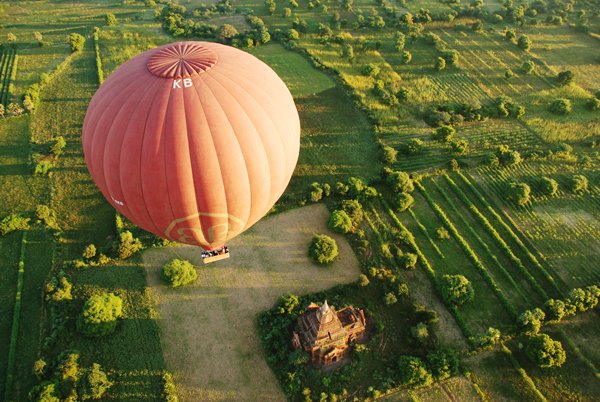
When I planned my trip to Myanmar, the ancient temples on the plains in central Myanmar was a “must see”. In Bagan, my voyage of discovery began with a balloon flight at sunrise. Then I continued on a bicycle and ended the ride just before the sunset. Certainly the most “historical and religious” day I had during my visit to Myanmar. Temples, stupas and pagodas from sunrise to sunset. What a day!
Bagan is one of the worlds great religious and historical sites. The ancient buildings are spread out on the plains of central Myanmar. There are still around 2000 temples, stupas and pagodas, which makes the city of Bagan one of the most important and remarkable archeological sites in South-East Asia. Entered UNESCO’s World Heritage list in 1996.
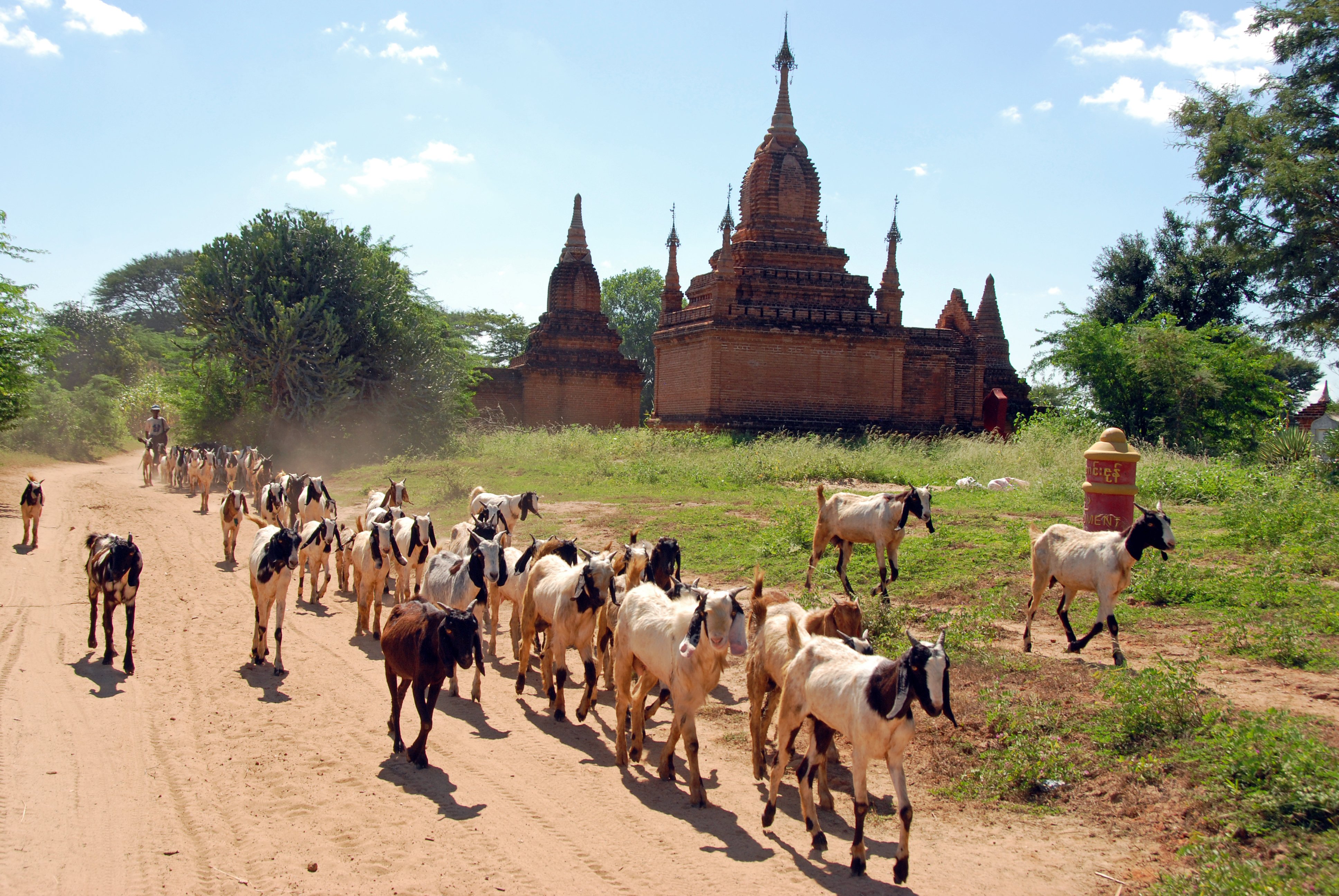
On the way to the temples
A brief introduction to the history of the city: Bagan was the capital of the first kingdom in Myanmar, built from 10th to 14th century AD. The kings of this city build more than 6000 temples. Today almost 2000 of them are still here. From around 1050 to 1100 the city was larger than ever. It covered more than 40 kilometers, which made it one of the largest cities in the middle ages. It was 15 times bigger than London, at the same time! It was also the time of transition from Hinduism to Buddhism.
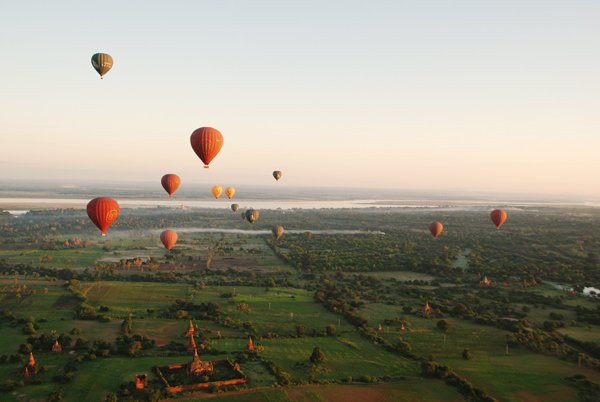
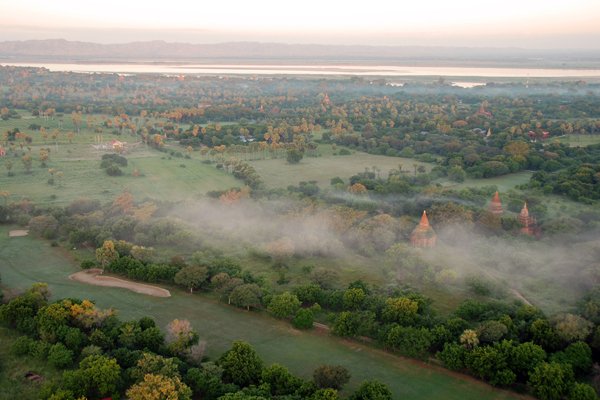
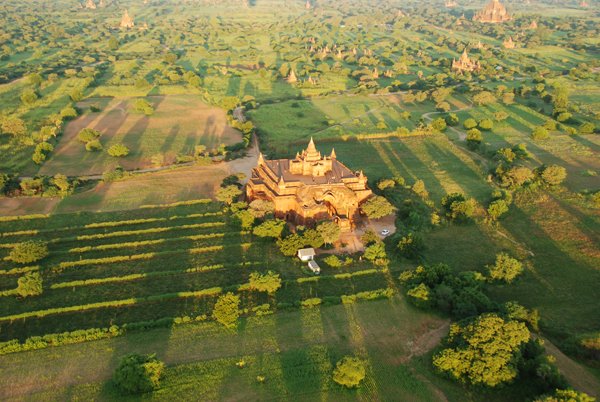
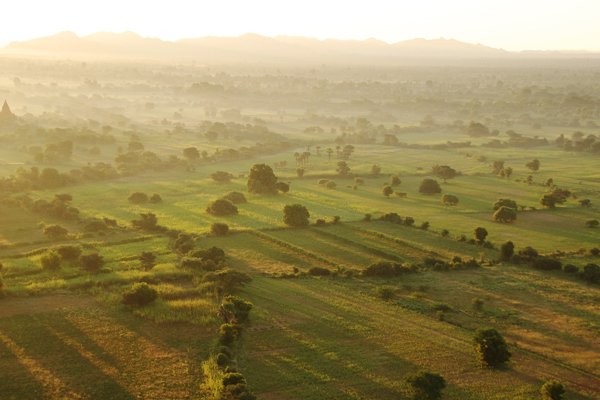
The day started with pick up at my hotel at 05.00 o’clock. It was still completely dark. As we arrived at the site where the flight started we got coffee and some biscuits, while the balloons were getting ready. But once they started to rise, along with the sun, I forgot all about being hungry! The sight of the temples from above. The balloons floating quietly. The absolute silence of everyone in the basket. We just looked beneath us, as we were floating over the plains. The only noise was the sound of the gas let into the balloon now and then.

Stupas on the central plain
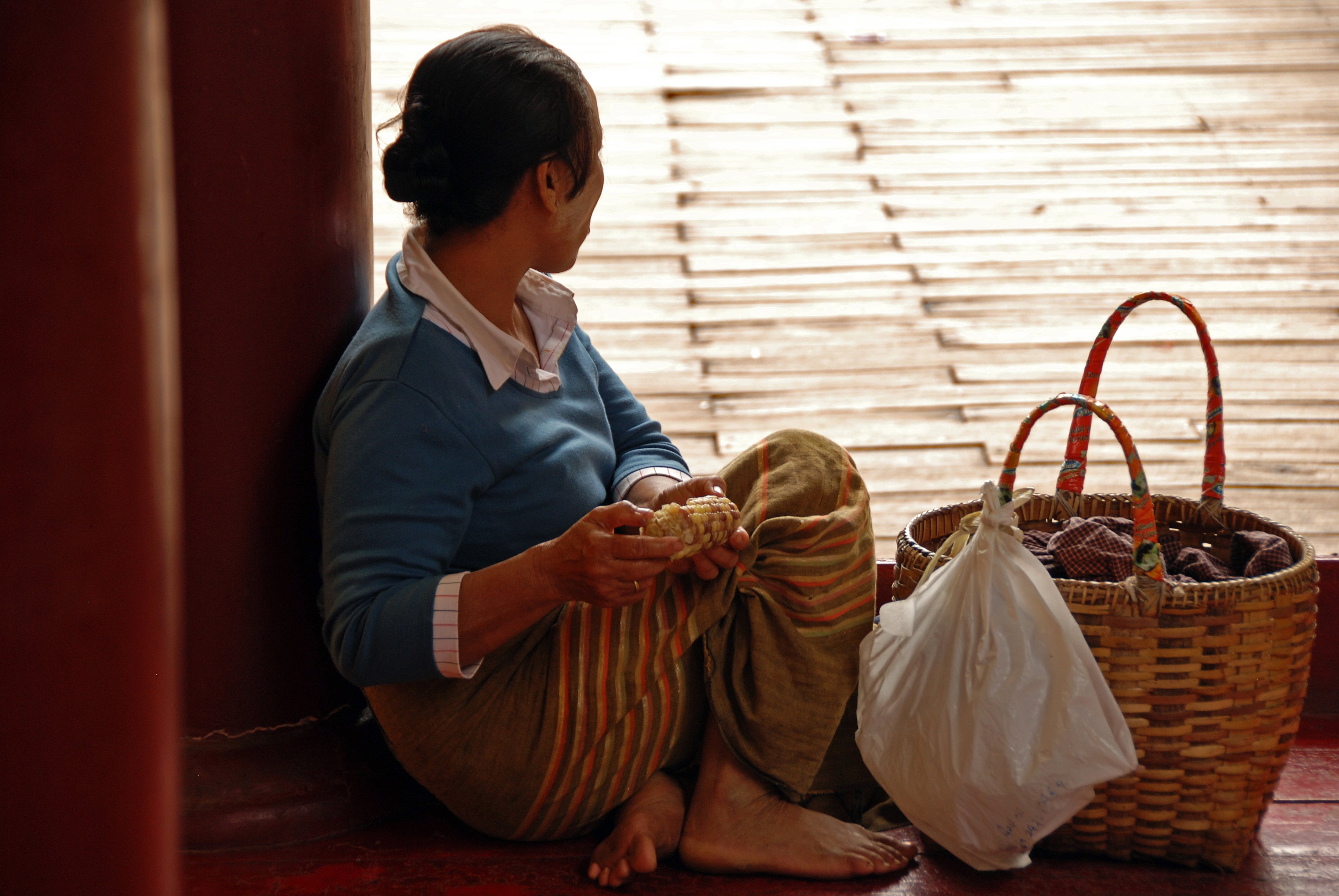
Sitting in the temple
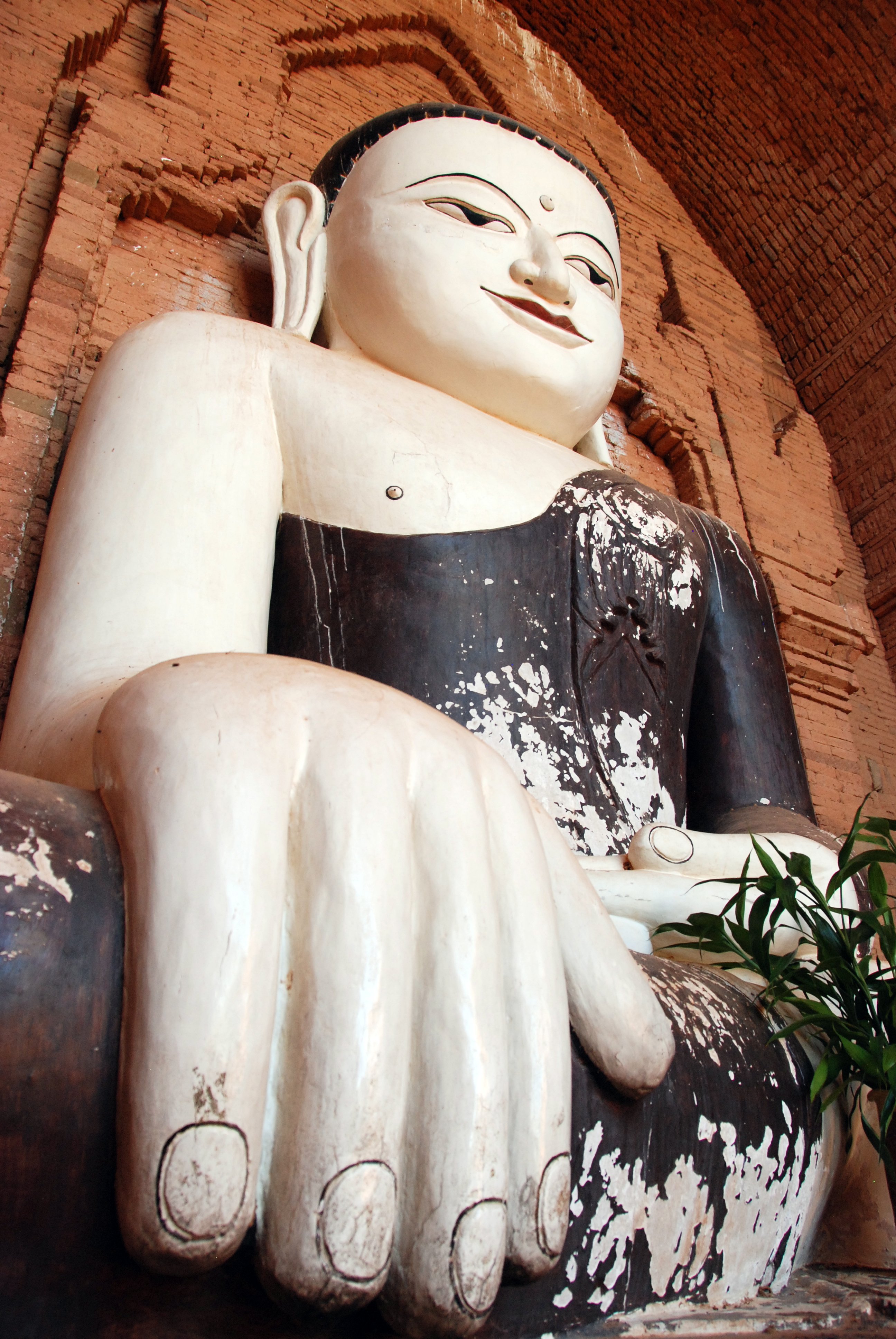
Sulamani Phato – one of the most sophisticated with a lot to see inside
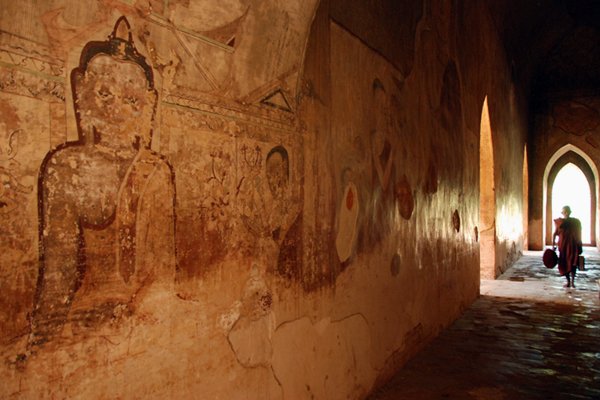
Sulamani Phato - contains splendid stucco on the inside walls.
After a solid breakfast I started my bicycle ride from temple to temple. Some are only small stupas. Some are large temples, which took time to explore. More than 300 temples contains mural paintings. This is quite unique for that period in South-East Asia. Many inscriptions on stones are still there, telling the story of the city.

Shwesandaw Paya
The last temple of the day was Shwesandaw Paya. It was late in the afternoon, just before the sun was setting. I did not wait for that. No streetlighs and no light on the bicycle either, I did not take the chance of not finding my hotel.
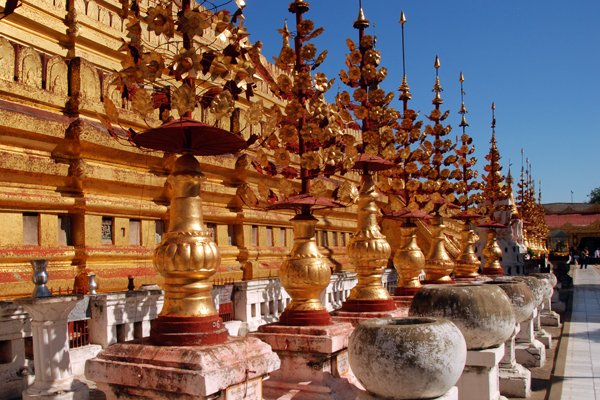
Shwezigon Paya - the main reliougs temple in town
Some time around 1280 Bagan’s decline started. What exactly happened? The historians disagree. According to legend, the city was abandoned after the destruction of many temples. This means the city was already abandoned when the Mongols took over. Others says that the city was never abandoned at all….. But people started to move back when the British established themselves in the area in the late 19th. Century. Some temples are still in use which gives a feeling of Bagan being “alive”.
Before going to Bagan, I had already been visiting Angkor in Cambodia and could draw a lot of parallels to Bagan. A large part of South-East Asian history fell into place after visiting Bagan. My journey was now completed.
Please check out other photos from Myanmar at Inle Lake here:
U.J
Kristiansand, Norway
All the photoes are mine, Ulla Jensen (flickr, Instagram and facebook)
